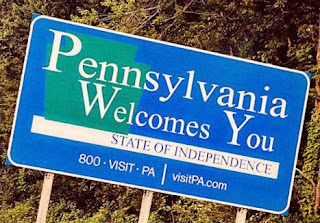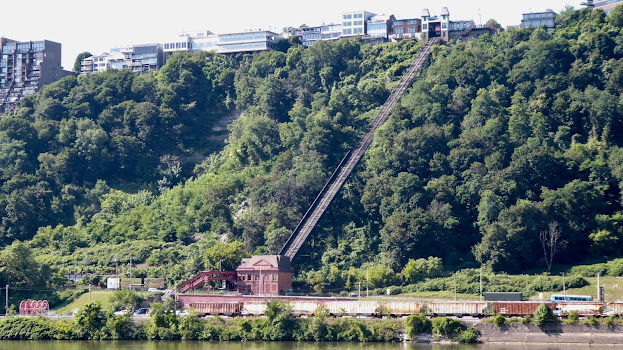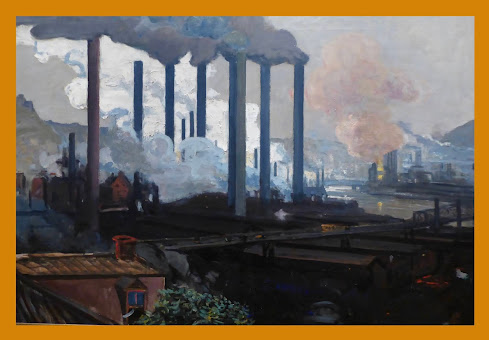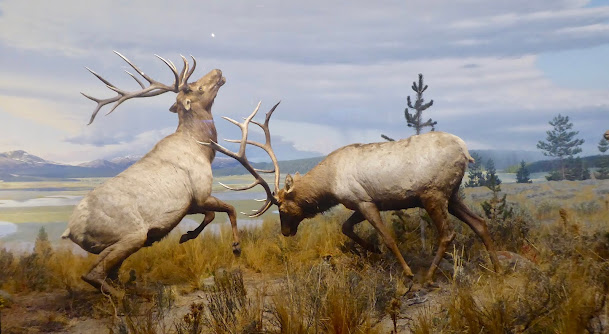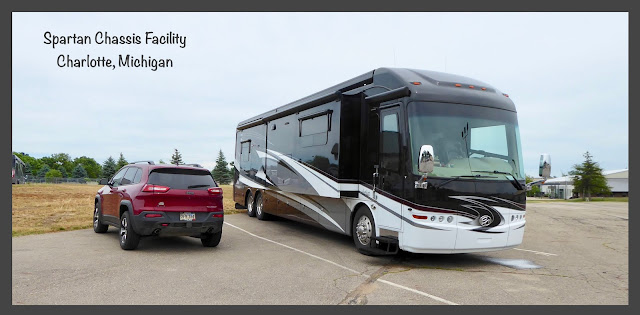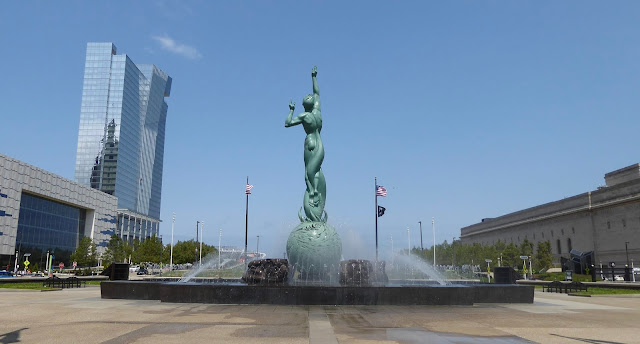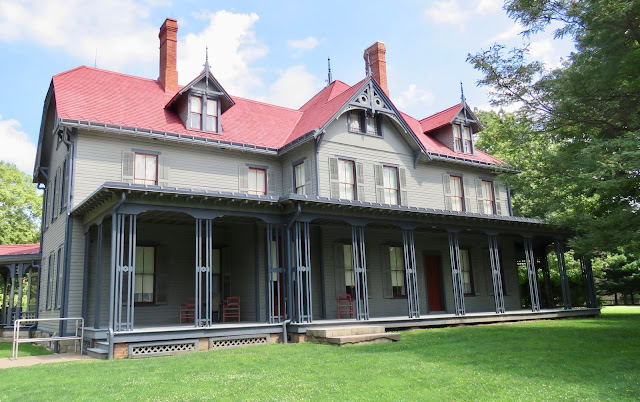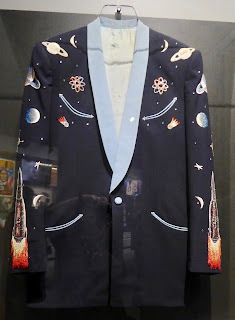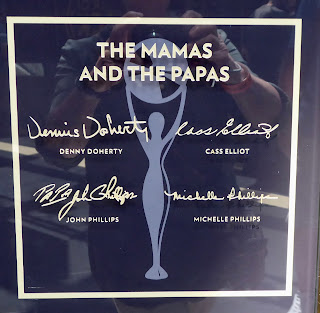Carol writes: As the sounds of the iconic guitar tunes of the Rock and Roll Hall of Fame faded in the rearview mirror along with the Cleveland skyline, the big bus rolled on into the hills and valleys of the Pennsylvania countryside. Our destination for the next week was New Stanton, Pennsylvania, in the greater Pittsburgh area.
Pittsburgh has been given the nickname “the Steel City” in recognition of the hundreds of steel-related businesses that were an integral part of its early history. Most Americans also know Pittsburgh as a city of championship sports franchises, including the Pittsburgh Steelers,
the Pittsburgh Pirates,
and the Pittsburgh Penguins.
The biggest surprise on first seeing this gritty, yet friendly blue-collar “Rust Belt” town, was its amazing raw beauty and unique locale at the junction of three rivers.
We knew we would need at least a couple of days to check out this most interesting backdrop; however, first on our agenda was a visit to a 1935 Frank Lloyd Wright private home creation called Fallingwater, which has been hailed as the “best all-time work of American architecture.”
In his lifetime, architect Frank Lloyd Wright designed over 1000 structures, and half of them were eventually built. Fallingwater is considered his masterpiece. The home was designed as a private weekend retreat for a wealthy businessman. Wright designed this dramatically cantilevered structure on Bear Run
to sit above the waterfall rather than below it so that its owner could better appreciate the amazing natural view of the cascading waters, as seen looking back from this iconic vantage point.
As with all Frank Lloyd Wright creations, the goal was to promote harmony between man and nature through design. To that end, incorporating a waterfall into the organic architecture of this home has internationally been recognized as brilliant. Wright felt that his Prairie style of horizontal surfaces with compressed and released space that invited the outdoors inside expressed the character, indeed the very soul, of a new American style.
During the tour, photography was prohibited inside; however, there were thousands of indoor photographs online, so I have shamelessly resorted to using two publicly available photos. The main living space shows how Wright masterfully incorporated the interplay of architecture, design and landscape. Many of the natural materials used in the construction of Fallingwater were harvested from the building site.
Back to Pittsburgh…
We picked a beautiful sunny day at the height of the summer season for an ambitious urban hike along the Pittsburgh waterfront where the Allegheny and the Monongahela rivers meet to form the headwaters of the Ohio River. What a marvelously beautiful locale—with a point of emphasis provided by the fountain at the confluence, along with numerous bridges up and down the three rivers as a backdrop.
A short way downstream from the confluence, we rode the Duquesne Incline funicular to the top of the bluff for lunch at “Vue 412”
and a grand view of the meeting point of three rivers. Out of curiosity, I asked and was told that “412” is the area code of Pittsburgh. Clever restaurant branding!
It was easy to appreciate why nighttime blimp scenes of Heinz Field featured on Sunday Night Football Steelers’ games always seemed so unbelievably spectacular!
More Pittsburgh skyline beauty unfolded as we as we angled toward a hike across the Clemente Bridge.
Equally impressive was the section of riverfront featuring the castle-like crown of PPG Place and the building with giant pictures of three beloved residents of Pittsburghs: Rachel Carson, Andy Warhol, and Roberto Clemente.
We also stopped for a glance inside the fences of the hallowed grounds where Roberto Clemente made his mark on baseball history.
With a man like Andrew Carnegie as its wealthy benefactor, it wasn’t surprising to discover that Pittsburgh has a first-class museum of art. One day wasn’t near enough to cover such a renowned art museum, in addition to the large and small wonders found in the accompanying Carnegie Museum of Natural History.
Paintings of Pittsburgh at the height of the manufacturing era,
Dutch portraiture,
Renoir Impressionism,
Van Gogh wheat fields,
and anything connected with those water lilies of Monet
drew us in like a magnet.
The natural history section of the museum offered us a peek at large-scale classic architecture,
the required dinosaur skeletons,
and remarkable life-size animal dioramas.
Near the museum complex on the campus of the University of Pittsburgh, Heinz Chapel and the tower of classrooms called the Cathedral of Learning were architectural feasts for the eyes.
And although we arrived just at closing, we sneaked a peek inside the Carnegie Library of Pittsburgh, the genesis for the creation of hundreds of local libraries endowed by Andrew Carnegie that we have seen in our travels in small towns throughout the United States.
It is a well-worn story about how Pittsburgh fell on incredibly hard times during the deindustrialization era of the 1980s. Today, however, technology firms, federal agencies, banking institutions, well-regarded colleges and universities, sports powerhouses, and venues of culture have given rebirth to a city that now ranks as one of America’s most livable cities. As we moved on in anticipation of next week’s adventure at a waterfall in Buffalo, I couldn’t help but wonder why we waited so long to visit Pittsburgh.
Carol Galus
Photo-Blogger

